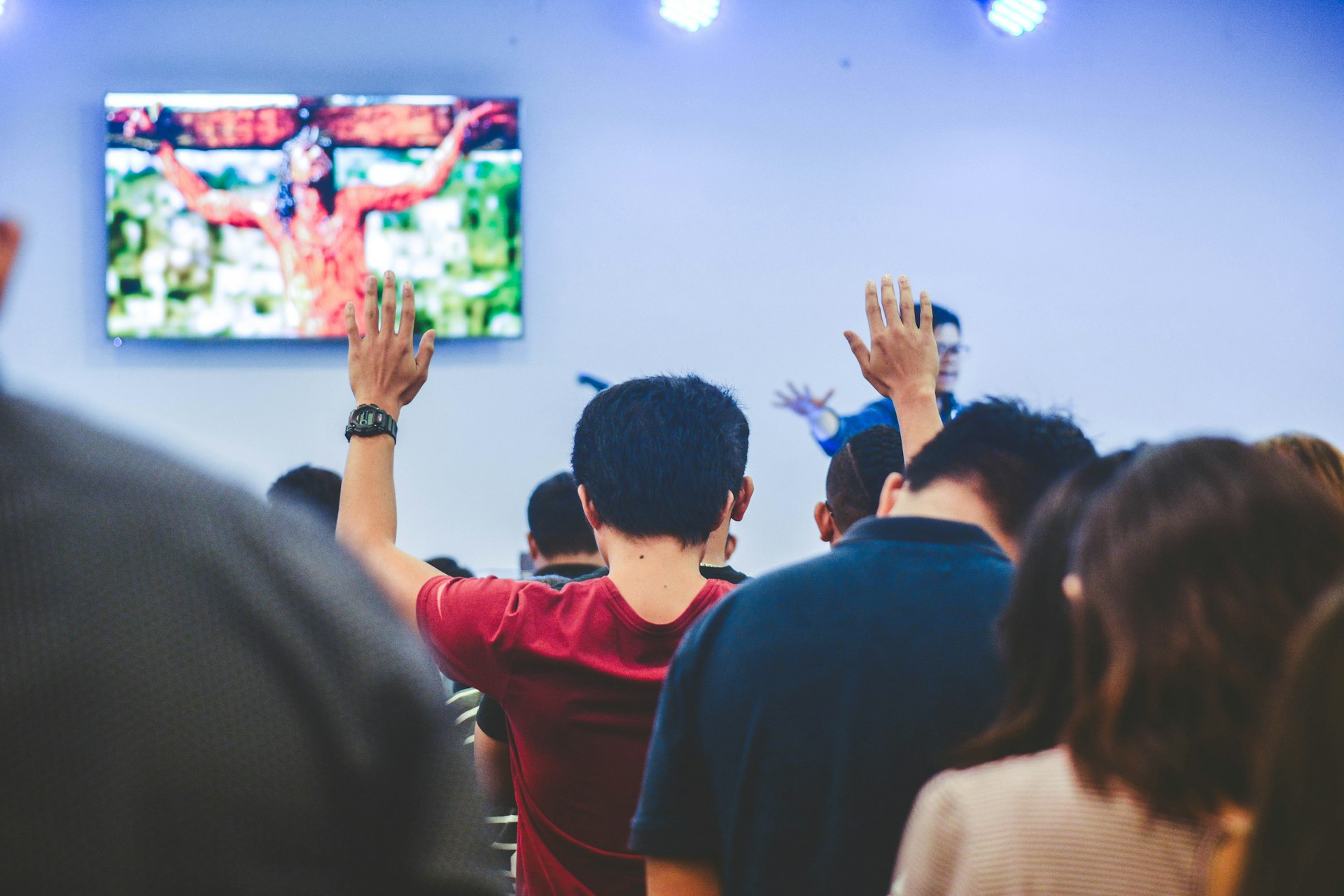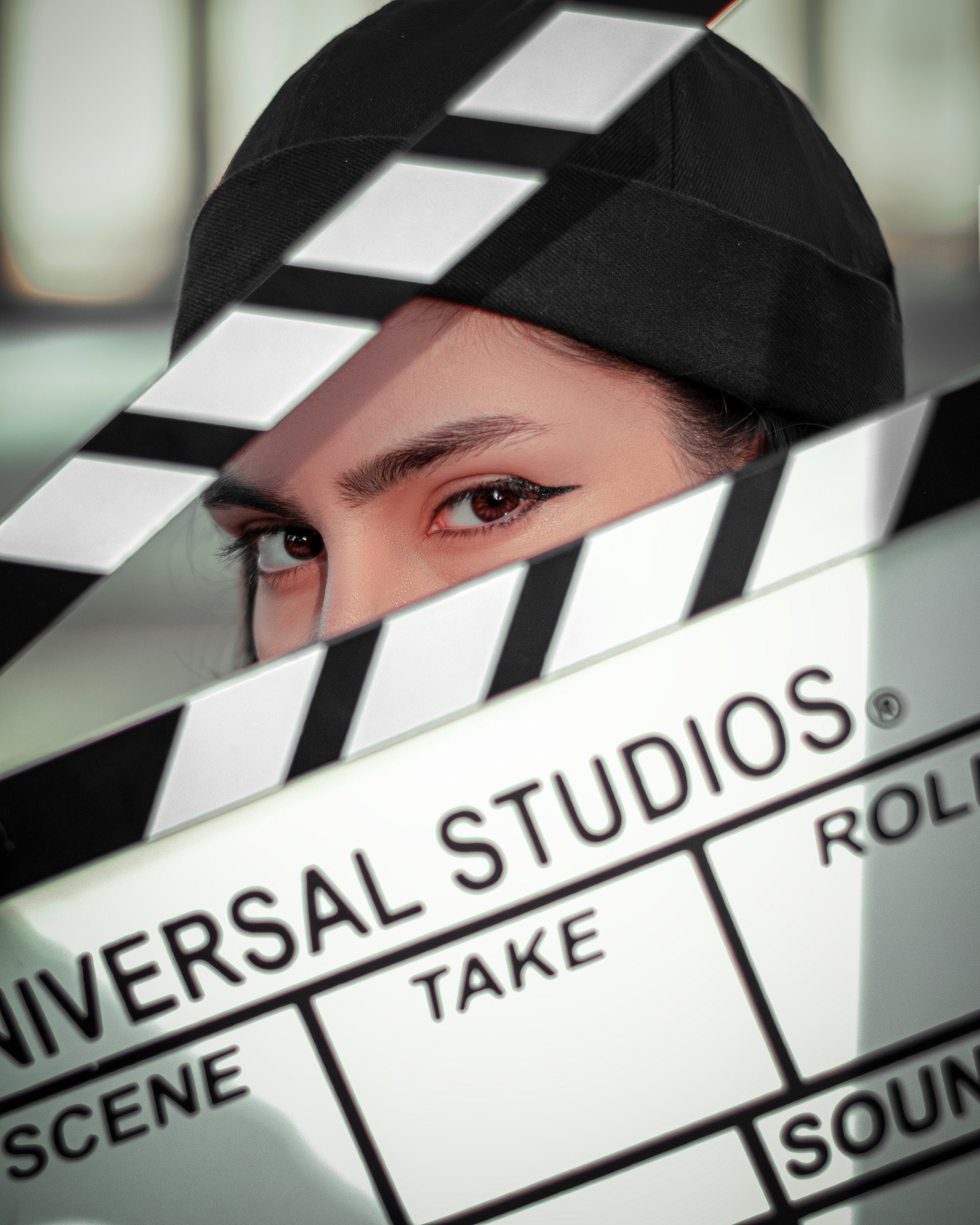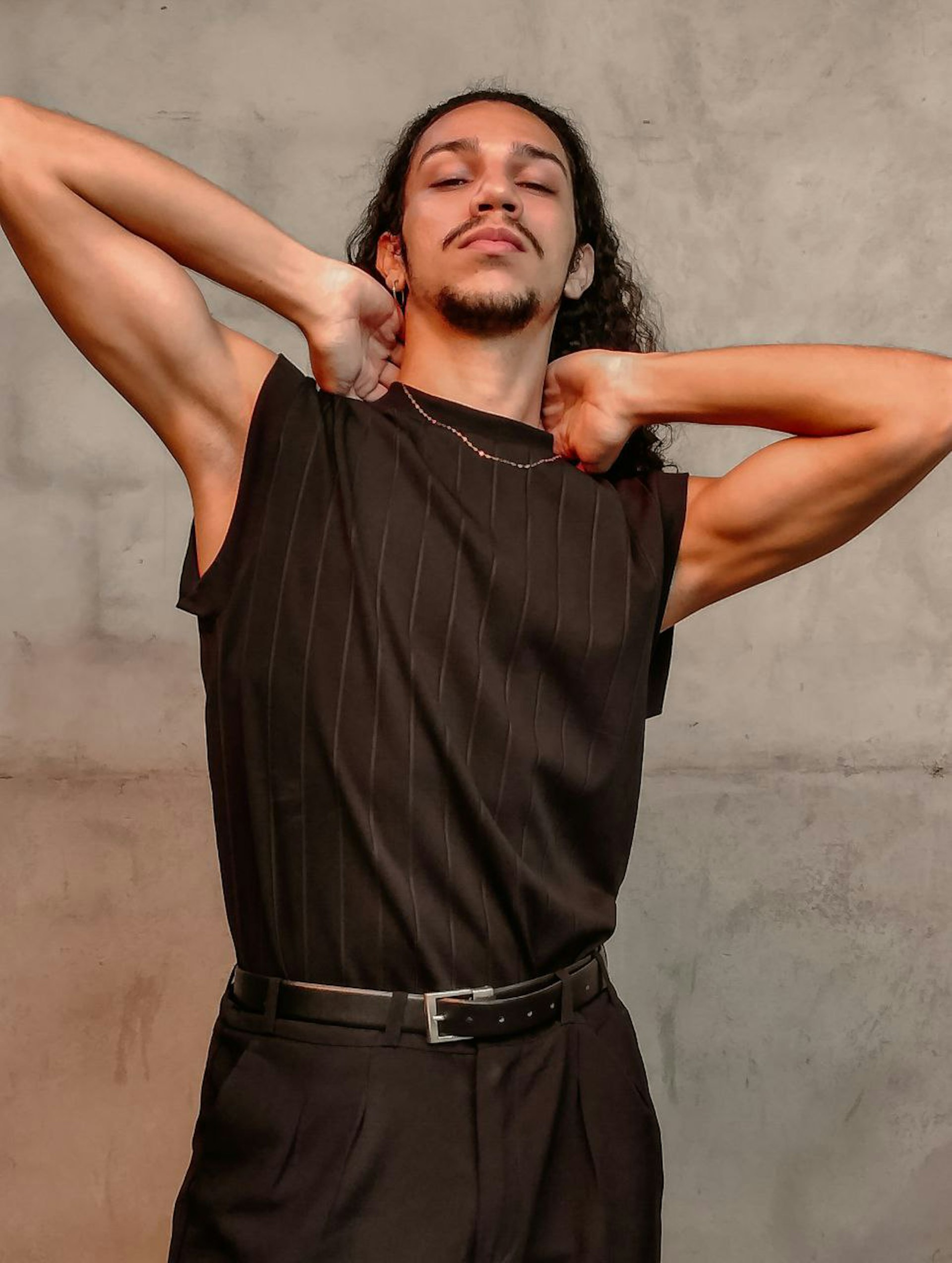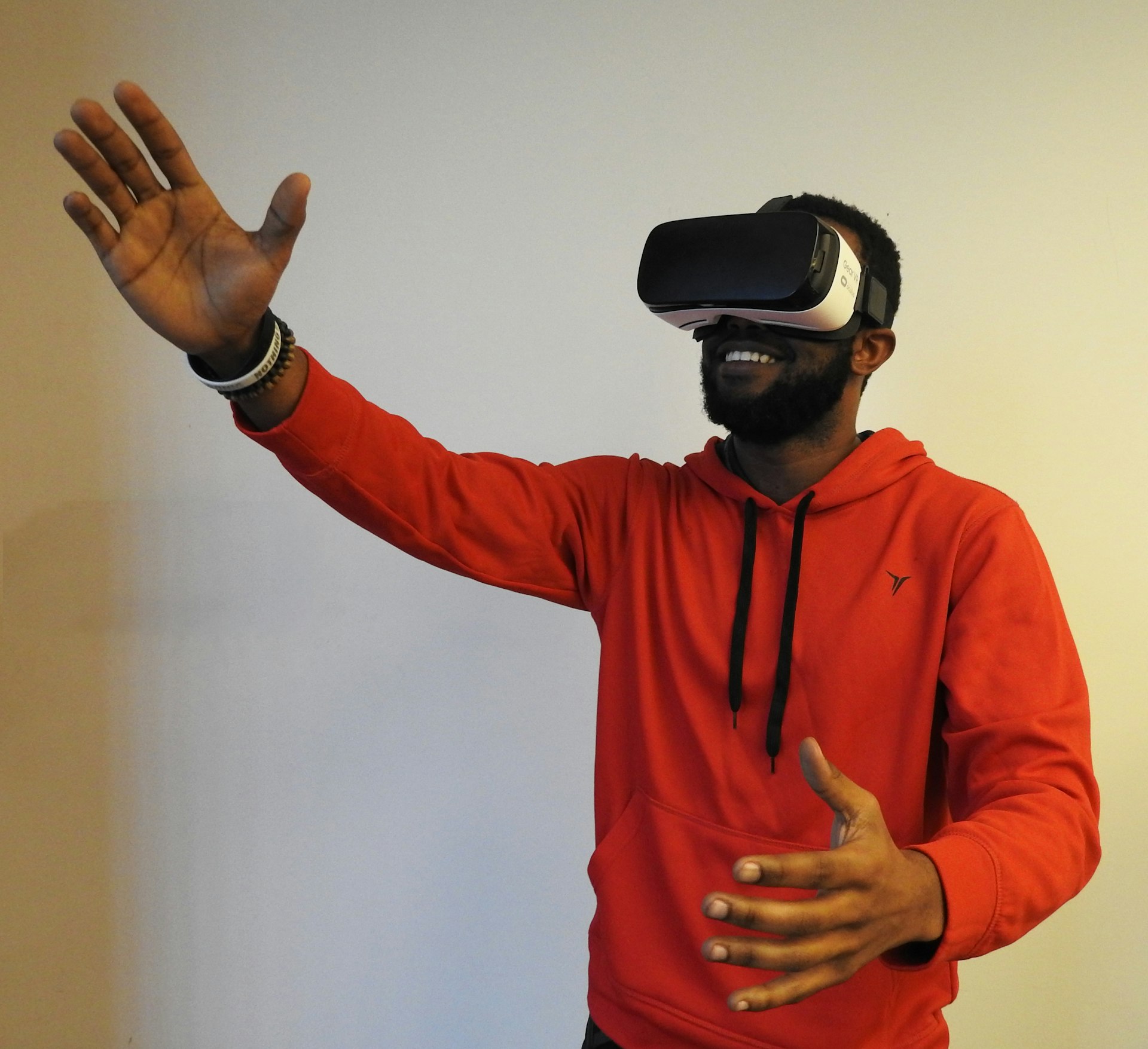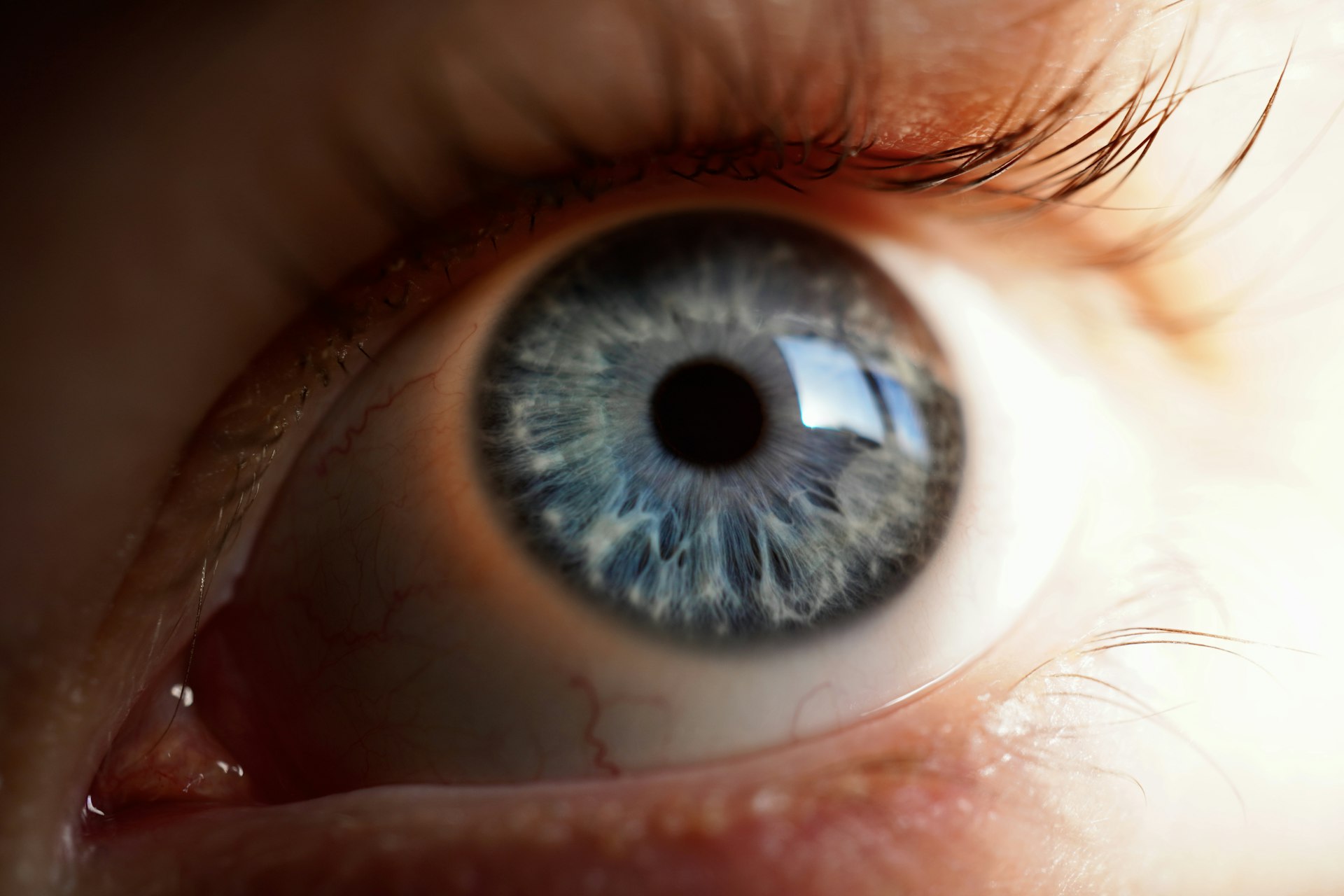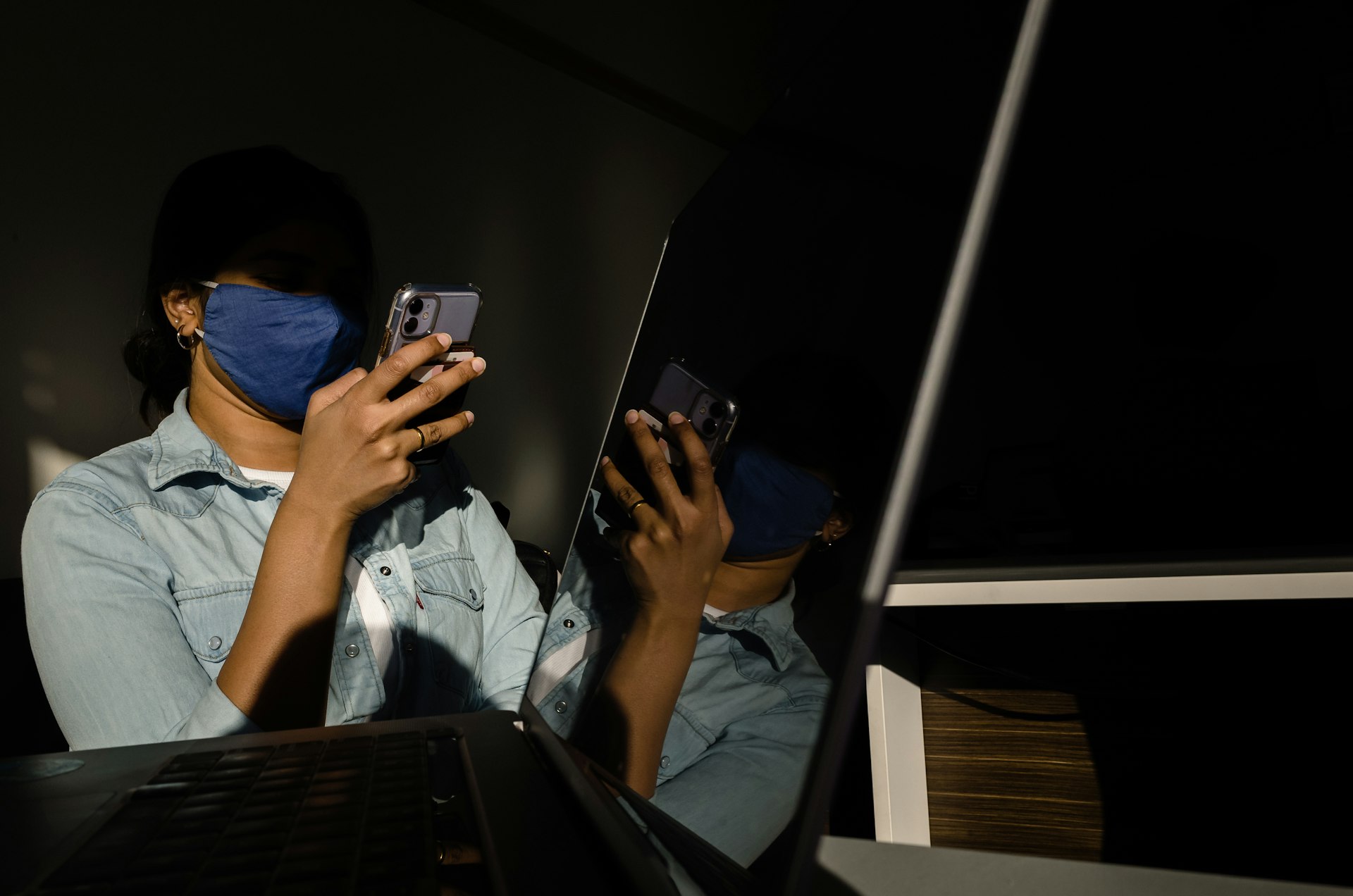AI-Powered Video Editing: Transforming Entertainment with Intelligent Tools

Photo by Jakob Owens on Unsplash
Introduction: The Rise of AI in Video Editing
Artificial intelligence (AI) is rapidly changing how video content is created and consumed within the entertainment industry. By automating time-consuming manual tasks and introducing intelligent features, AI-powered video editing tools are helping creators, studios, and businesses produce high-quality videos faster and more efficiently than ever before. This article explores how these technologies work, the most impactful use cases, leading software solutions, and actionable steps for integrating AI video editing into entertainment workflows.
How AI-Powered Video Editing Works
AI video editing leverages machine learning algorithms, neural networks, and computer vision to analyze footage, automate repetitive tasks, and offer creative enhancements. These systems can identify objects, faces, scenes, and even emotional tones within a video, enabling features such as:
- Automated scene detection and intelligent cutting
- Smart color grading for consistent and cinematic visuals
- Audio cleanup to remove noise and balance levels
- Auto-captioning and transcription for accessibility
- Intelligent B-roll insertion and content matching
These capabilities allow editors to focus on storytelling and creative decisions, while AI handles the technical and repetitive aspects of post-production [2] .
Key Benefits of AI Video Editing in Entertainment
Entertainment professionals are turning to AI for several reasons:
- Faster turnaround: AI dramatically reduces the time needed for editing, allowing studios and content creators to release content more quickly [3] .
- Consistency and quality: Automated tools ensure uniform color, transitions, and audio levels, producing a professional finish across multiple projects [2] .
- Accessibility: Auto-captioning and translation features make content accessible to diverse audiences, expanding reach and compliance.
- Cost savings: By automating repetitive tasks, AI reduces the need for extensive manual labor, lowering production costs for both large studios and independent creators.
- Creative empowerment: AI tools free up editors to focus on narrative, pacing, and creativity by handling technical aspects automatically [3] .
Popular AI-Powered Video Editing Tools
There are a variety of AI-driven video editing platforms, each offering unique features for the entertainment industry. Some of the most notable options include:
- Adobe Premiere Pro (AI-Enhanced): Integrates Adobe Sensei for automated scene detection, color correction, and audio transcription. Suitable for professionals seeking advanced features [1] .
- DaVinci Resolve (AI Edition): Known for its superior color grading, facial recognition, object removal, and smart color balancing. Features like Magic Mask and Music Remixer provide Hollywood-level editing capabilities. The Studio version is a one-time purchase; a free version is also available [5] .
- Final Cut Pro: Offers Smart Conform for auto-cropping to social media formats and efficient timeline management with machine learning algorithms [1] .
- Runway ML: Provides AI-powered color grading, object tracking, and content generation for creative professionals [4] .
- Captions: Simplifies video post-production with style templates, auto-added B-roll, transitions, and dynamic motion graphics, all powered by AI [3] .
- Pictory: Automatically creates highlight clips from long-form content, ideal for social media and marketing [2] .
- Synthesia: Enables creation of videos with AI-generated avatars and text-to-speech capabilities for multilingual content [1] .
For a comprehensive overview of leading AI video editing software, consider visiting trusted industry resources or exploring major software provider websites for current offerings.
Real-World Applications and Case Studies
AI-powered video editing is widely used across entertainment sectors, from film and streaming to social media and marketing. For instance, Pictory enables teams to quickly repurpose long interviews into concise, shareable clips for social media, increasing audience engagement and reducing manual labor [2] . Runway ML and DaVinci Resolve are used in short film and music video production to maintain consistent color and lighting across scenes shot at different times or locations, ensuring a polished look without costly reshoots [5] .
Major streaming platforms and studios employ AI-driven tools to automate localization processes, including captioning, dubbing, and translation, expanding global reach and improving accessibility for diverse audiences. In the independent creator space, tools like Captions and Filmora democratize access to professional-quality editing, enabling YouTubers and influencers to produce standout content with minimal technical experience [3] .
Step-by-Step Guide: Adopting AI Video Editing in Entertainment
If you are interested in leveraging AI-powered video editing for entertainment, follow these steps:

Photo by Eyestetix Studio on Unsplash
- Assess your needs: Identify your most time-consuming editing tasks and the type of content you produce. Consider whether you require advanced features (like color grading or AI avatars) or need to streamline basic editing processes.
- Research available tools: Explore software such as Adobe Premiere Pro, DaVinci Resolve, Captions, and others. Visit each provider’s official website for feature lists, pricing, and compatibility details. Many offer free trials or demo versions for evaluation [1] [5] .
- Test and compare: Download demo versions or use web-based platforms to test AI features on your own footage. Evaluate ease of use, output quality, and integration with existing workflows.
- Implement and train: Once you’ve selected a tool, integrate it into your production process. Take advantage of online tutorials, official help centers, and user forums for onboarding and troubleshooting.
- Monitor and optimize: Regularly review how AI editing impacts your workflow and output. Adjust settings, explore new features, and stay updated with software updates for continuous improvement.
For in-depth tutorials and support resources, search for the tool’s name along with “official support” or “user guide.” For example, search “DaVinci Resolve official support” for the latest documentation and community forums.
Challenges and Solutions
While AI-powered video editing offers significant advantages, there are challenges to consider:
- Learning curve: Some advanced tools may require time to master. Solution: Use AI platforms with intuitive interfaces and leverage official tutorials for onboarding support [3] .
- Creative limitations: Automated edits may not always align with your vision. Solution: Choose tools that allow for manual overrides and customizations to maintain creative control [1] .
- Cost considerations: Enterprise-level software may have licensing fees. Solution: Many tools offer free versions with essential features. Compare plans and select software that fits your budget and requirements [5] .
- Data privacy: Cloud-based editors often require uploading footage, which may raise privacy concerns. Solution: Review privacy policies and consider on-premises options if confidentiality is critical.
Alternative Approaches and Future Trends
Beyond mainstream AI editing tools, open-source platforms and custom machine learning models offer more flexibility for studios with advanced technical resources. Some productions collaborate with AI developers to create bespoke solutions tailored to unique workflows or creative visions. As AI technology evolves, expect further innovation in real-time editing, generative content creation, and seamless integration with other creative software [4] .
To stay informed about the latest advancements, follow trusted technology and entertainment industry publications, attend relevant conferences, and participate in online communities dedicated to digital video production.
Key Takeaways
AI-powered video editing is revolutionizing entertainment, delivering faster workflows, enhanced creative control, and greater accessibility for creators of all sizes. Whether you are a professional editor, a studio executive, or an independent content creator, adopting AI-driven tools can help you keep pace with industry demands and unlock new creative possibilities. For additional guidance, consult official software websites, search for user guides and tutorials, and engage with professional editing communities for support and inspiration.
References
- [1] NAARG Media (2025). Top 10 AI Video Editing Software of 2025.
- [2] DigitalOcean (2025). 7 AI Video Editors for Creative Teams and Businesses in 2025.
- [3] Captions (2025). AI Video Editor – Easily Create & Edit Videos with AI.
- [4] Zapier (2025). The 15 best AI video generators in 2025.
- [5] Buffer (2025). The 11 Best AI Video Editors in 2025, Tried and Tested.
MORE FROM cheerdeal.com


